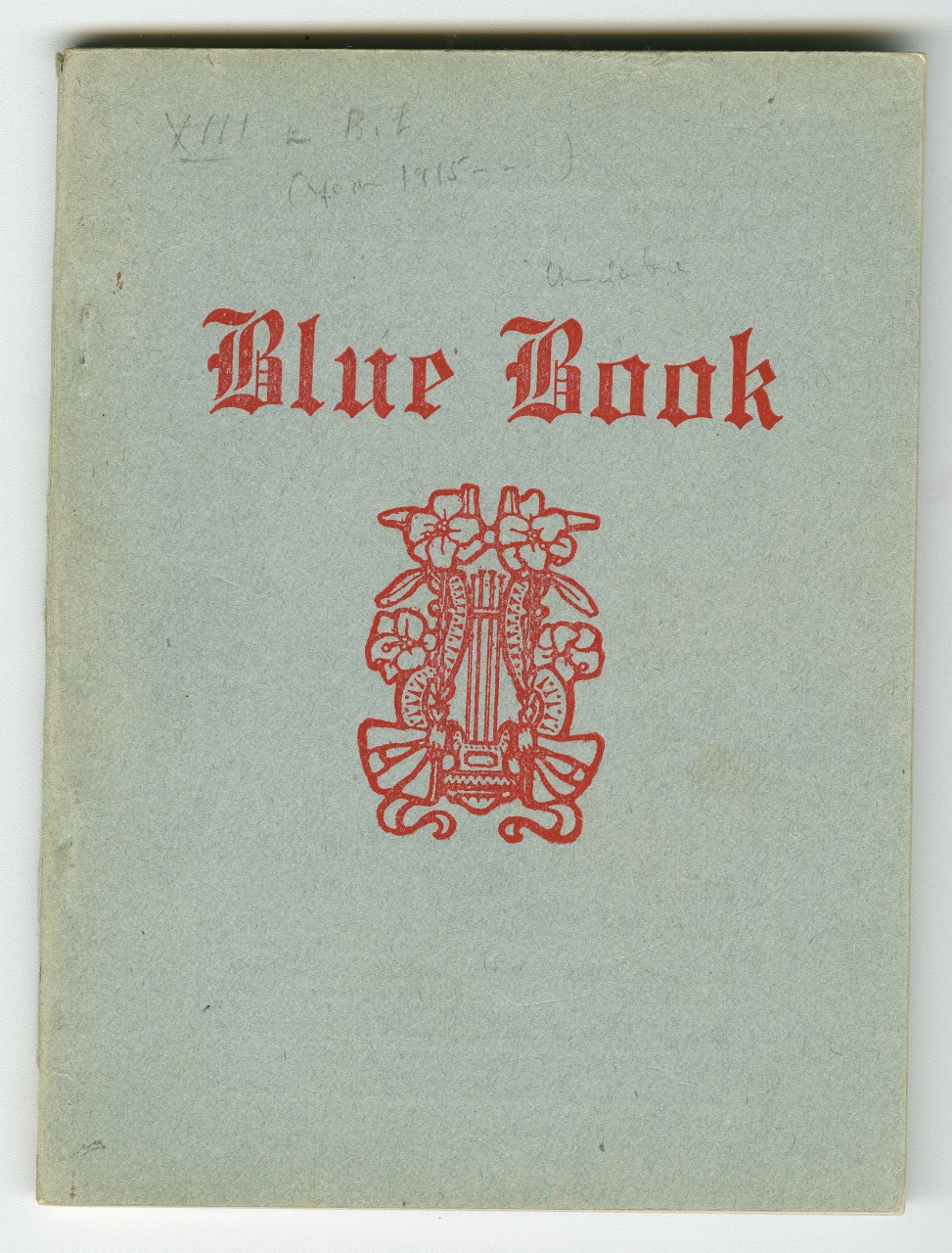For most of Storyville’s brief existence, visitors to the District might navigate the neighborhood and its services with the help of special guidebooks that contained directories of sex workers listed by name, address, and race, as well as advertisements for individual establishments and luxury products. Though these publications became known collectively as blue books, not all of them were published under that name. The most famous of these guides are editions of a publication titled Blue Book, which was issued annually in expectation of increased visitors to the city during Carnival. Blue Book was compiled by William Struve (1872?–1937) under the pseudonym “Billy News.” A former police reporter for the New Orleans Item, Struve was a close friend and associate of Thomas C. “Tom” Anderson (1858–1931), an entrepreneur, a state legislator, and the so-called Mayor of Storyville. The term blue book is also used to refer to other New Orleans prostitution guides such as Hell-O, New Mahogany Hall, and even The Red Book. New Orleans was not the first, nor the only, city whose vice district had its own guides, but blue books were probably produced more regularly than other cities’ prostitution guides. The earliest extant blue book appeared around 1898 and the last between 1913 and 1915.
Targeting a white male audience, the Storyville-era guides featured advertisements for liquor, beer, cigars, restaurants, and venereal disease cures. By modern standards, the tone of these guides is demure. None of the blue books specifically describe the women, sexual services offered, or the fees for such services. Some contain photographs of brothel interiors and images of people and venues. Years after Storyville closed, several fakes and facsimiles were published, trading on the District’s bawdy legacy.
This exhibition coincided with the 2017 release of The Historic New Orleans Collection’s book Guidebooks to Sin: The Blue Books of Storyville, New Orleans, by THNOC senior librarian and rare books curator Pamela D. Arceneaux, with a foreword by historian Emily Epstein Landau. The first thorough contemporary study of the blue books, Guidebooks to Sin features hundreds of facsimile pages from the blue books on display here.

Blue Book
New Orleans, [between 1913 and 1915]
The Historic New Orleans Collection, 1969.19.12
